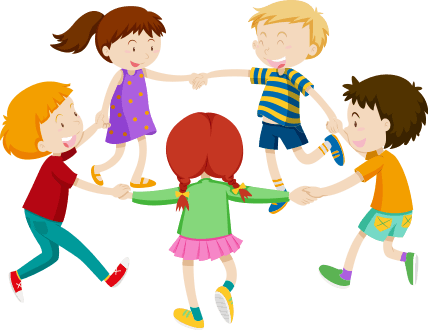In order for us to have empowered alliances with families (the fourth quadrant of the matrix that we discussed in the first module), we have to ensure that families are equipped with the knowledge and skills that they need to advocate fully for their son or daughter. Here are three resources that you can provide them to ensure that they have the knowledge that they need. We will look at each of these more closely.
KentuckyWorks website & Needs Assessment Survey. Kentucky Works is a collaborative project of nine Kentucky agencies, including the KY Department of Education and the KY Office of Vocational Rehabilitation, to support youth and young adults with intellectual disabilities, autism, and multiple disabilities in finding integrated, competitive employment. The KY Works Needs Assessment Survey is designed to help families identify those transition resources most applicable to the needs of their son or daughter. You may also find the Needs Assessment Survey helpful in addressing the transition needs and concerns of your students.
Family Engagement Curriculum for Parents of Transition-Age Children with Disabilities. The goal of this free, online course for families is to promote the vision that everyone can work and has talents and skills to share with the world if given the proper support, including youth with the most significant disabilities. The content of this course parallels for families much of what we have included in the current module for professionals. The Family Engagement Module focuses on setting goals for employment from an early age, preparing for employment, and cultivating and sharing a vision for the future. Families can proceed through this accessible module at their own speed.
KDE/OVR Transition Document for Families. The Kentucky Department of Education (KDE) and the Kentucky Office of Vocational Rehabilitation (OVR) have included important resources for families that can help their student achieve their goals of employment and post-secondary education. Key areas addressed in this document include:
- What services are available to help my child with a disability(ies) start preparing for work while in school?
- What are OVR’s Pre-Employment Transition Services?
- What programs offer Pre-ETS in Kentucky?
- Individualized Transition Services: Beyond Pre-ETS
- Helping Families and Students Envision Post-School Success
There are many online resources that can be very helpful for families navigating employment and transition. KentuckyWorks offers a short online course about the basics everyone needs to know about Transition, and the UMKC Institute for Human Development has an excellent “Charting the Lifecourse: Daily Life and Employment” booklet for individuals and families to truly assess needs, determine available support and services, and develop a plan and path to employment.
The Pacer Center offers a comprehensive website with a wealth of information about employment, including videos and resources. And you can find out information about post-secondary programs for students with intellectual disabilities nationwide at thinkcollege.net. There are many, many online resources about Transition and employment, and these are just a few of our favorites!
Related Resources
- Module—Transition 101: What We All Need to Know About Transition for Students with Significant Disabilities: kentuckyworks.org
- Pamphlet: Charting the Lifecourse: http://www.lifecoursetools.com
- Pacer’s National Parent Center: http://www.pacer.org/transition/
- Postsecondary Programs: ThinkCollege.net
- Seamless Transition Parent Interview Form and Positive Personal Profile, both created by TransCen, Inc.







